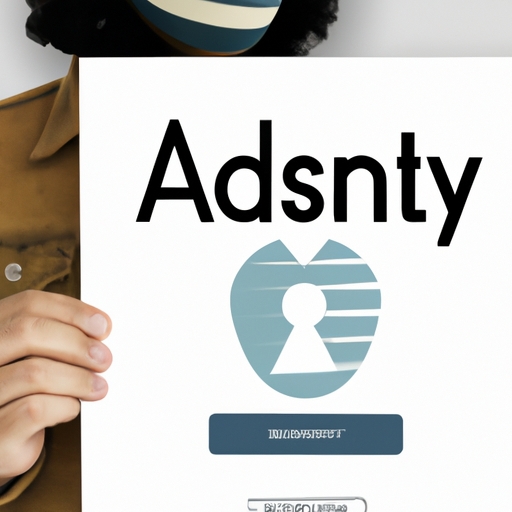IAM Compliance: 10 Strategy Best Practices
managed service new york
Okay, so IAM Compliance, right? managed it security services provider It sounds dreadfully boring, but honestly, its like, super important if you dont want your company to get hacked and end up on the news (and not in a good way). So think of it like this, IAM (Identity and Access Management) is all about making sure the right people have the right access to the right stuff, you know, your companys data and systems. Compliance is making sure youre following the rules, whether those rules are internal policies, or, you know, actual laws and regulations.
Here's, like, ten strategy best practices, but Im gonna try to make them sound less like corporate jargon.

Know Thy Self (and Your Data): You gotta understand what data you have, where it lives, and how sensitive it is. Like, is it the recipe for your secret sauce, or just the employee lunch menu?
IAM Compliance: 10 Strategy Best Practices - managed it security services provider
- managed it security services provider
- managed services new york city
- check
- managed it security services provider
- managed services new york city
- check
Least Privilege, Always: This is a big one. Give people only the access they need to do their job, and nothing more. Dont let Karen in accounting have the keys to the server room, unless, shes secretly a server admin (which, you know, stranger things have happened). Remember, its not about distrust, its about minimizing the damage if, cough, someone's account gets compromised.

Automation is Your Friend (Seriously): Stop doing everything manually! Automate user provisioning, de-provisioning, and access reviews. It'll save you time, reduce errors, and make your life (and the lives of your IT team) way easier. Plus, you wont have to rely on Susan remembering to revoke access when Bob leaves the company.

Regular Access Reviews (The Painful but Necessary Kind): Schedule regular reviews of who has access to what. Are people still using accounts they shouldnt be? Did someones role change and they no longer need access to that super-secret project?
IAM Compliance: 10 Strategy Best Practices - managed service new york
- managed it security services provider
- managed services new york city
- managed it security services provider
- managed services new york city
- managed it security services provider
- managed services new york city
- managed it security services provider
- managed services new york city
managed service new york
Multi-Factor Authentication (MFA) Everywhere (Almost): Seriously, enable MFA on everything that supports it. Username and password alone are like a screen door on a submarine. MFA adds an extra layer of security, making it much harder for hackers to get in, even if they steal someones password. (Its not foolproof though).

Strong Password Policies (And Enforce Them!): No more "password123" or "qwerty." managed services new york city Enforce strong password policies and make people change their passwords regularly. And for the love of all that is holy, dont let people write their passwords on sticky notes attached to their monitors.
Centralized IAM System (If Possible): Having all your IAM in one place makes it much easier to manage and monitor. Think of it like having all your socks in one drawer instead of scattered throughout the house. It just makes sense.
Logging and Monitoring (Keep an Eye on Things): Track whos accessing what, when, and from where. This helps you detect suspicious activity and identify potential security breaches. Its like having security cameras on your network, but, you know, for data.
Training, Training, Training (Dont Skimp on This!): Educate your employees about IAM policies and best practices. Make sure they understand the importance of security and how to protect their accounts. A well-trained workforce is your first line of defense (and often, the most overlooked).
Document Everything (Future You Will Thank You): Document your IAM policies, procedures, and configurations. This will help you maintain consistency, troubleshoot problems, and demonstrate compliance to auditors. Plus, if you leave the company, the next poor soul wont have to start from scratch. (Imagine!).
So, yeah, IAM compliance isnt exactly a thrill ride, but following these best practices will help you keep your companys data safe and avoid those embarrassing (and expensive) security breaches. Good luck!
